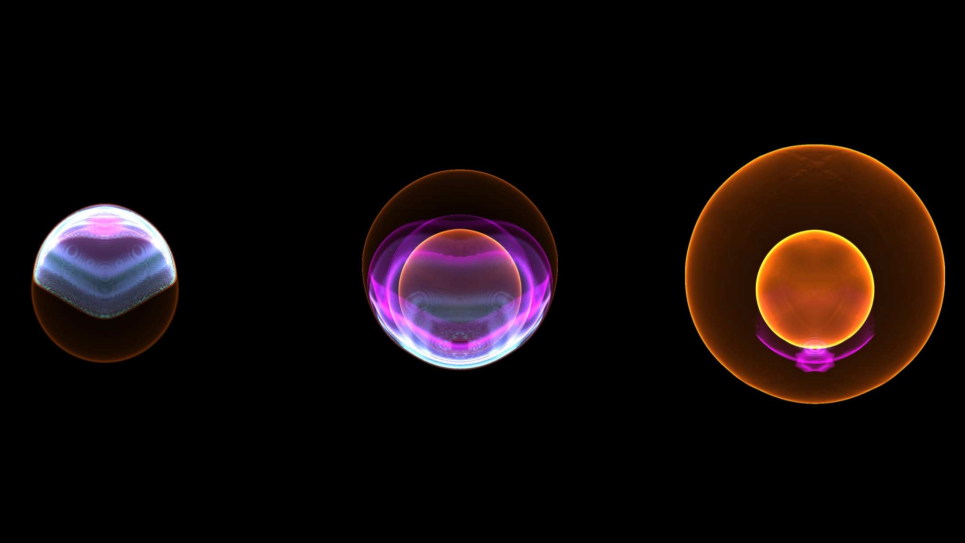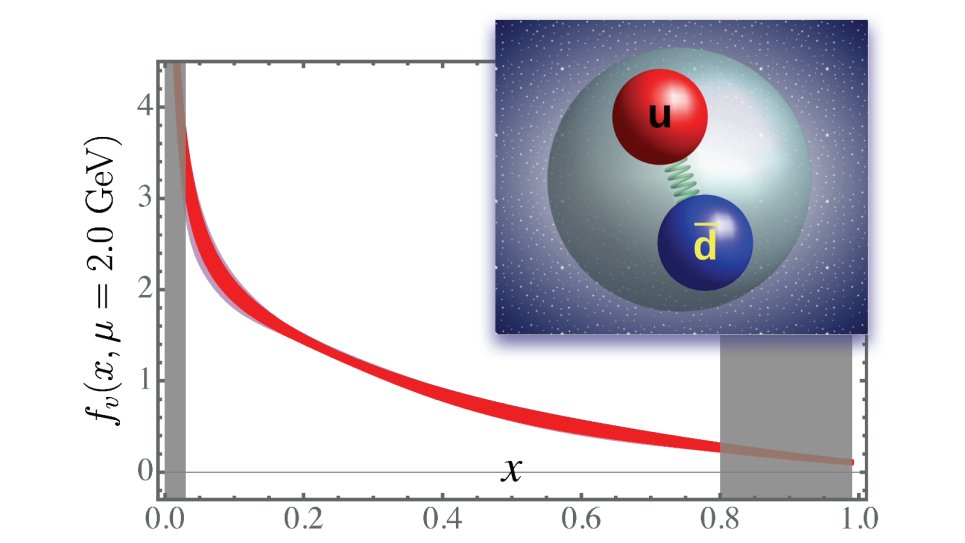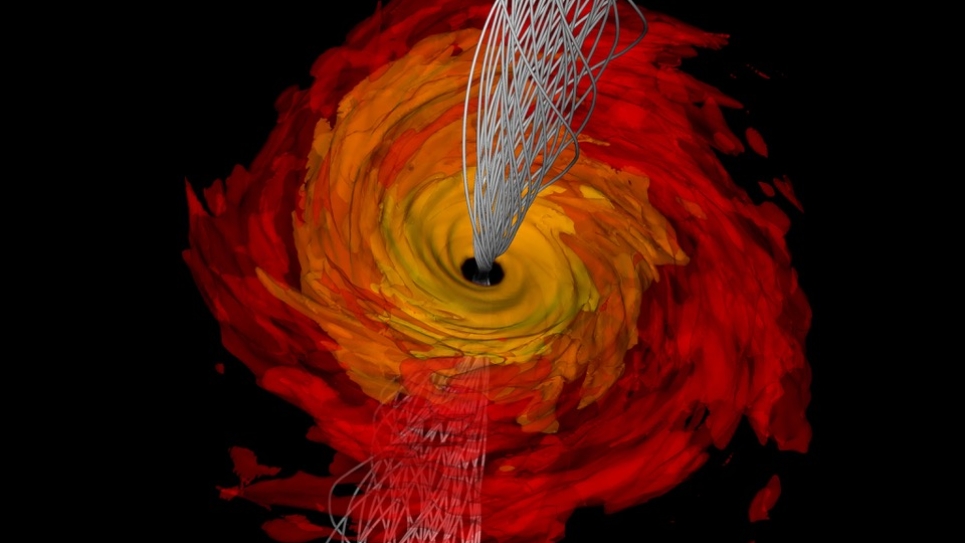The U.S. Fermilab accelerator complex is under transition to become the science facility with the world’s highest intensity proton beams. In the near term, the complex will be upgraded to provide 700 kW proton beams to support the current and near-future generations of neutrino and muon experiments. In the medium term, the U.S. is dedicated to building a large-scale long-baseline neutrino experiment to pursue the physics of neutrino mass. An international collaboration has been formed to build the world’s largest neutrino detector, the Deep Underground Neutrino Experiment (DUNE). The neutrino beam for DUNE will be provided by a Long Baseline Neutrino Facility to be built at Fermilab. The Fermilab PIP-II project will upgrade the accelerator complex to provide the 1000 kW proton beam to power LBNF and DUNE. The sum of these projects are the highest priority for the future of the U.S. experimental particle physics program. The upgrades to the Fermilab accelerator complex for both 700 kW in the short term and 1000 kW in the long term rely on using the Fermilab Recycler storage ring to accumulate beam for acceleration in the Main Injector. The procedure to accumulate beam, called “slip-stacking,” involves slowly combining two 80-bunch batches of injected beam into one high intensity batch. The process is sensitive to the collective interactions between the 160 bunches involved.
This project supports simulations of the full 80-on-80 bunch slip stacking process in the Recycler in support of the accelerator upgrade process. This is a very large computational challenge. It will require the use of our accelerator simulation package Synergia, which has a unique multibunch simulation capability, and running on leadership-class computing resources. The results of the detailed simulations will allow Fermilab to reduce both costs and risks as it moves forward to support the U.S. particle physics program.


